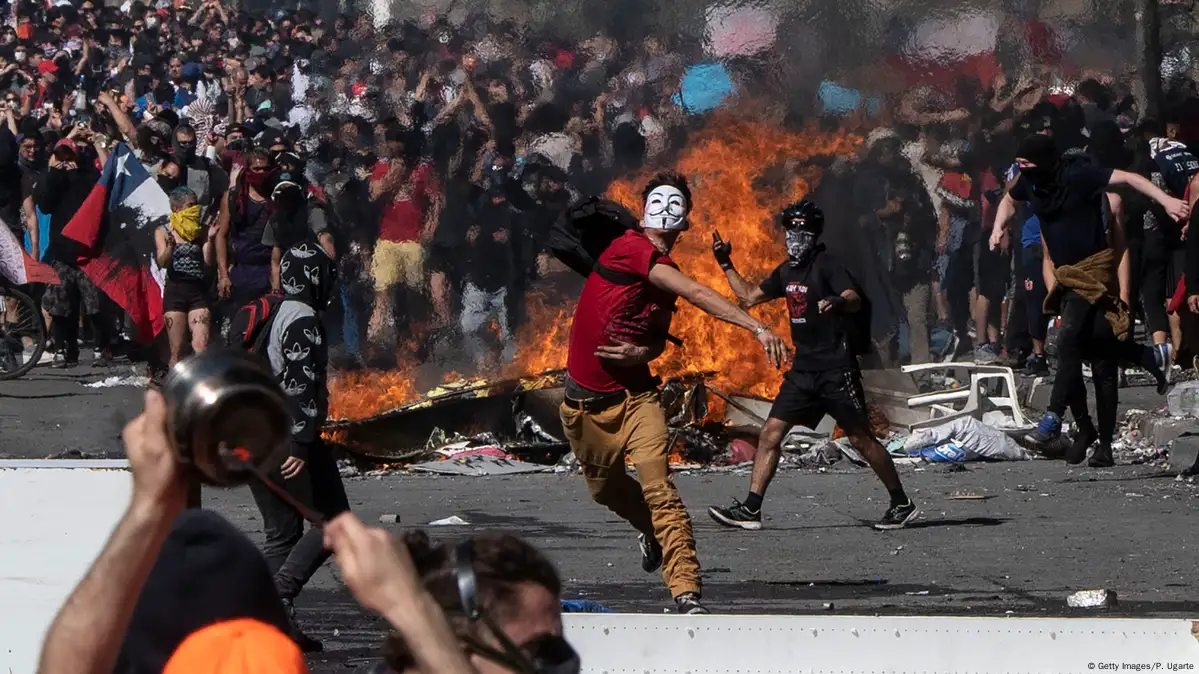South America Economic Protests Spread Across Major Cities
South America economic protests are intensifying as citizens demand urgent action on inflation, unemployment, and rising living costs. In Buenos Aires, tens of thousands marched toward government buildings, holding banners that called for wage increases and food subsidies. The protests have quickly spread to Santiago, Lima, and Bogotá, with coordinated demonstrations by labor unions, student groups, and grassroots organizations.
Protesters accuse leaders of ignoring the needs of the working class while protecting corporate and political elites. Street blockades, peaceful marches, and symbolic strikes have disrupted public transport and trade in several regions. While Chile has opened limited talks with protest organizers, Argentina’s government has opted for heavy police presence, prompting warnings from human rights groups about excessive force.
Refugee Updates as Regional Tensions Rise
Economic hardship is driving migration across the continent, with Venezuela remaining the largest source of refugees. Thousands cross into Colombia, Brazil, and Ecuador each week, fleeing shortages of food, medicine, and stable employment. Humanitarian organizations in Colombia report that shelters are operating at full capacity, while border towns face growing strain on resources.
Brazil has implemented a temporary residency program for Venezuelan migrants, granting access to healthcare and work permits. However, smaller nations like Uruguay and Paraguay lack the infrastructure to support large-scale arrivals. Discussions within the Organization of American States (OAS) on a coordinated refugee policy continue, but disagreements over funding and border security slow progress.
Human Trafficking Threats Increase in Crisis Zones
The rise in migration has also fueled human trafficking networks that exploit vulnerable populations. In Peru and Bolivia, police have dismantled rings targeting women and children, often lured from rural areas with false job offers. Victims face forced labor or sexual exploitation, with cases increasing alongside worsening economic conditions.
International agencies, including the UNODC, are helping regional governments enhance border monitoring and victim protection. However, experts warn that without improved economic stability and safe employment opportunities, trafficking risks will remain high.
The Road Ahead for South America
The current wave of South America economic protests highlights deep frustration with inequality and poor economic management. Governments must choose between genuine reform and short-term security measures that could fuel further unrest.
The refugee crisis and human trafficking epidemic complicate the region’s recovery prospects, making coordinated international action more critical than ever. For millions across South America, the decisions made now will shape the continent’s stability for years to come.



